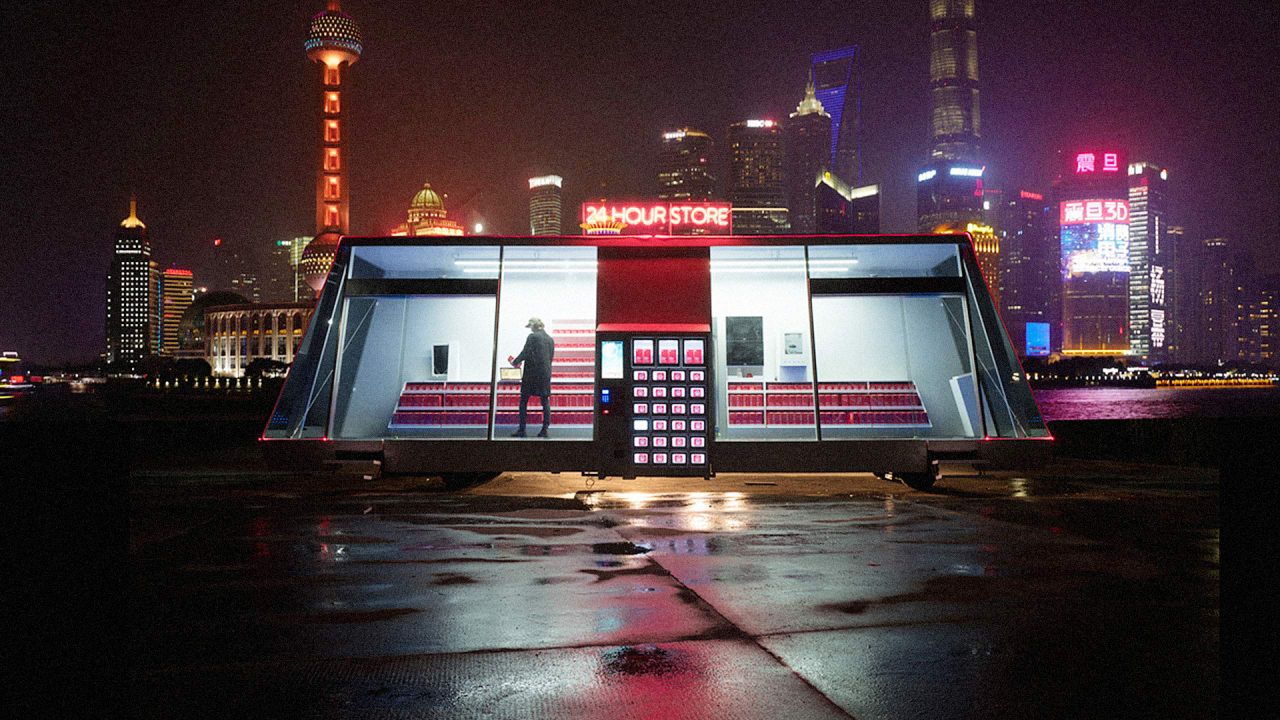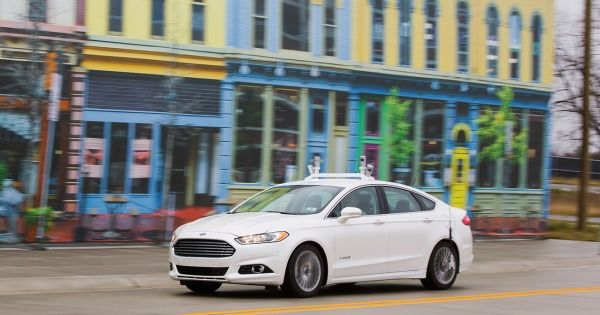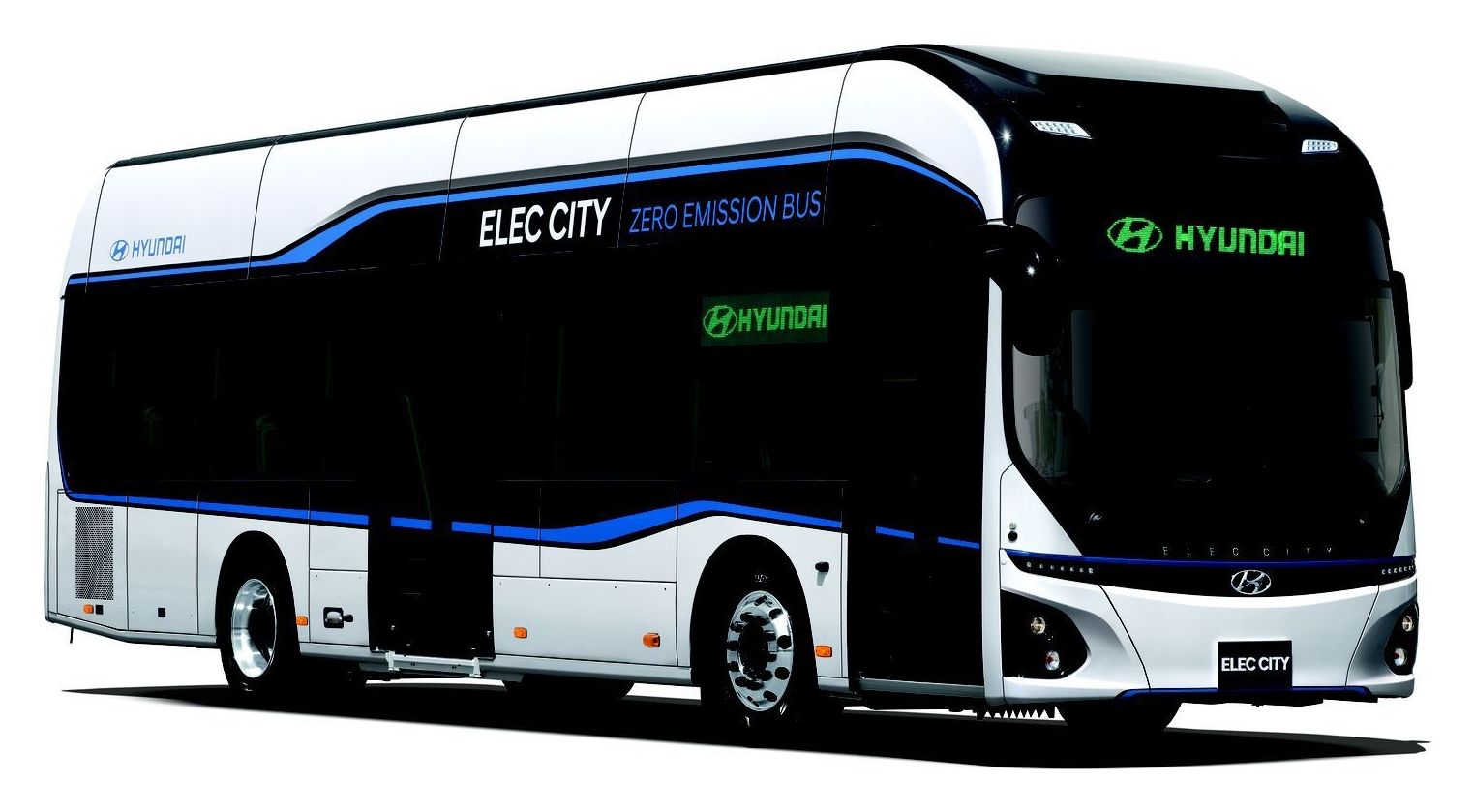These roads charge your car WHILE you drive.
Credit: Alex Klokus
These roads charge your car WHILE you drive.
Credit: Alex Klokus
Imagine cruising through Texas at 200 miles per hour.





After a lot of speculation, Korean automaker Hyundai finally pulled the wraps off of its first mass-produced electric bus this week. It’s called the Elec City. It has a range of 180 miles, thanks to a 256kWh battery pack, according to Hyundai. A report from the Yonhap news agency says the bus can also be fully charged in just over an hour. The company plans to launch the bus in 2018.
While that’s more than double what had been rumored for Hyundai, it’s still a far cry from the massive 660kWh capacity of the Catalyst E2, the newest bus from American manufacturer Proterra. The Catalyst E2 supposedly gets 350 miles of street driving on a single charge, and maybe more with some highway driving mixed in. Plus, Proterra’s new bus will hit the road in 2017.
It’s not clear if Hyundai would ever bring its bus to North America, but if it did, Proterra wouldn’t be the only competition. Chinese manufacturer BYD has sold buses in California. Canadian company GreenPower has a small foothold as well. Tesla CEO Elon Musk even flirted with the idea, though it appears that the project could be on hold while he works on tunneling under Los Angeles. Adoption rates could go up as electric buses get better and cheaper, too. Despite the fact that they’re about twice as expensive as their diesel counterparts in the early going, a recent study from Columbia University estimates that they could save cities money over the long haul.
These guys better get hazard pay! ![]() 😳.
😳.
This foldable bike helmet can fit into a water bottle.

Rice University computer scientists have adapted a widely used technique for rapid data lookup to slash the amount of computation — and thus energy and time — required for deep learning, a computationally intense form of machine learning.
“This applies to any deep-learning architecture, and the technique scales sublinearly, which means that the larger the deep neural network to which this is applied, the more the savings in computations there will be,” said lead researcher Anshumali Shrivastava, an assistant professor of computer science at Rice.
The research will be presented in August at the KDD 2017 conference in Halifax, Nova Scotia. It addresses one of the biggest issues facing tech giants like Google, Facebook and Microsoft as they race to build, train and deploy massive deep-learning networks for a growing body of products as diverse as self-driving cars, language translators and intelligent replies to emails.